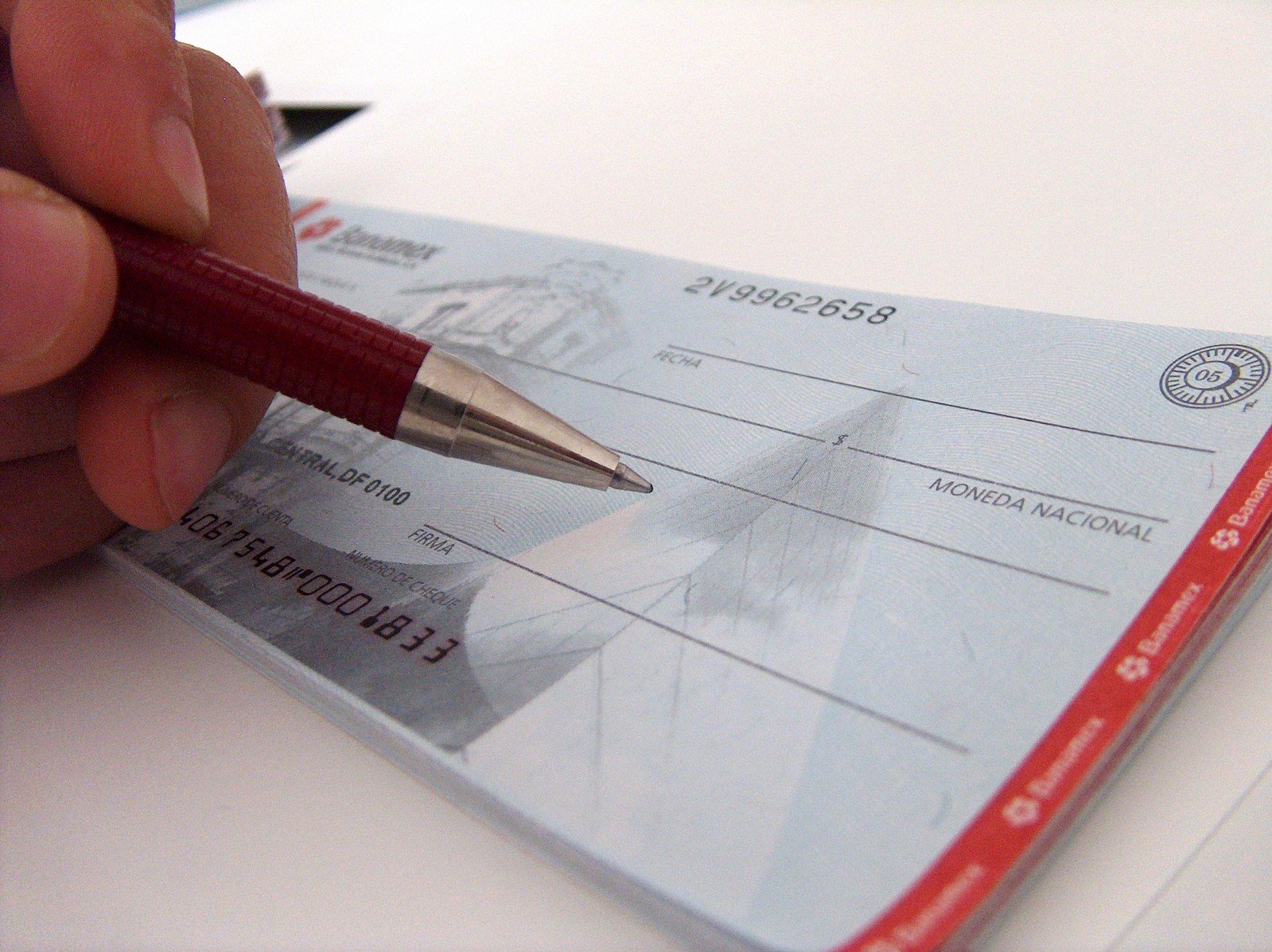

In a couple of hours, the educational part of the event begins with a keynote presentation from USPTO Director Andrei Iancu. That will be followed by a debate on the motion "This house believes that despite recent negative developments, the United States remains and will continue to be the driving force of the global patent market".
Iancu on dysfunctional 101 - For his keynote speech to open this year’s IPBC Global, USPTO Director Andrei Iancu addressed one of the meatiest and most problematic issues facing the US patent system. As any market observer knows, determining what is patentable under section 101 of the US statute has been the focus of constant review by the Supreme Court and Court of Appeals for the Federal Circuit. Both, according to many stakeholders, have only added uncertainty to the eligibility debate. Iancu has hinted a number of times in public before that he thinks there are major issues with 101 and eligibility. Today, though, he put his cards squarely on the table and made clear that he does not believe the current state of affairs is sustainable. In tackling the issue head on Iancu asked whether Thomas Edison’s original phonograph would have survived the kind of patentability analysis that applications are today subject to at the USPTO itself and in the courts. Although Edison’s truly ground-breaking invention did receive a patent back in 1878 and in less than three months, Iancu suggested that fast-forward to today and similarly disruptive technology might have trouble getting through the two-step Alice test. “For many modern technologies,” he said, “we are nowadays going through a tortured exercise that asks as a threshold question: Do we want to prevent a patent even if the invention is perhaps entirely novel, completely nonobvious, enabled and well-claimed?” He went on to point out that that question is proving extremely difficult to answer: “Inventors and their lawyers, examiners, district court judges and Federal Circuit judges are all struggling on a daily basis trying to figure out what is in and what is out.” To help solve some of their struggles, Iancu suggested that the approach should be simplified. “In the end, as we go through the process under the current statute, we should not over-complicate, and we ought not to twist ourselves into a pretzel on every single case,” he insisted. While much of the recent focus by the courts and stakeholders has been on the state of 101, Iancu pointed out that there were other sections of the statute – namely sections 102, 103 and 112 – which were designed to filter out questionable patent applications. To that end, he suggested that the patentability analysis return to its original filter: “Is the patent merely on a defined building block of scientific or technological work, or is it instead on a practical application of it?” To help make his point he referred back to Justice Thomas’s decision in the Alice case which urged that the Supreme Court’s ruling should be narrowly construed “lest it swallow of all of patent law”. While there are growing calls for Congressional action to re-write section 101 - and several IP groups including IPO, AIPLA and the ABA’s IP section - have proposed possible changes to the statute, it was notable that Iancu used his speech to emphasise that the tools to fix the problem already exist. It was a message that met with many nodding heads among the delegates and meant that this year’s IPBC started with an undoubted buzz about a shift in the US patent market. (RL)